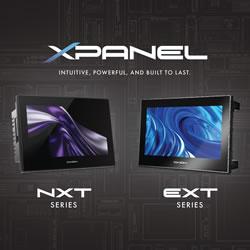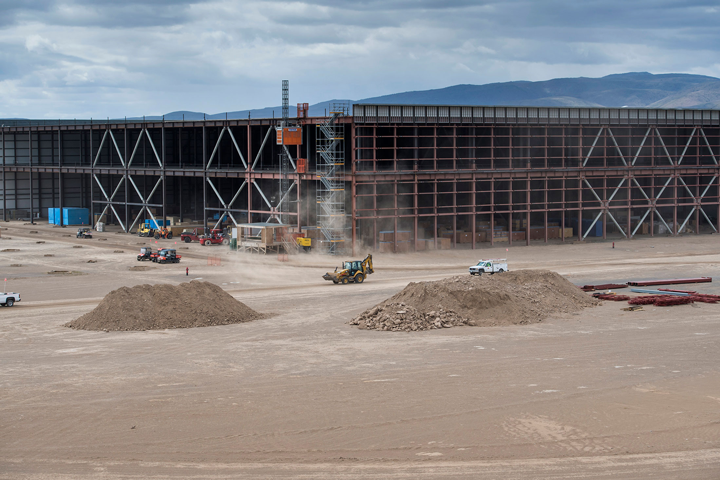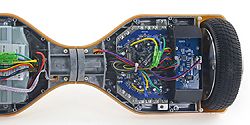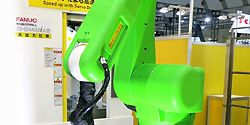Computational Hydrographic Printing
New dual-step method provides 3D printing of conductive metals.
Inside the Gigafactory That Will Decide Tesla's Fate
The MakerBot Obituary
Disney files patent for near instantaneous 3D printing
A Swarm Of 3D Printing Spiders Could Build Your Next Home
Bring 3D printed robots to life with 'Ziro' hand-controlled robotics kit
Swagway Teardown: What Makes a Safe Hoverboard?
This 3D printer can rival standard manufacturing on the factory floor
With this new 3D printing technique, robots can "practically walk right out of the printer"
Greycork Challenges Ikea With A Flat-pack Living Room In A Box
This Factory Robot Learns a New Job Overnight
NASA is sending a 3D printer to space that you can use
Nanolights
Mobile Robotic Fabrication System for Filament Structures
Records 31 to 45 of 72
First | Previous | Next | Last
Featured Product














